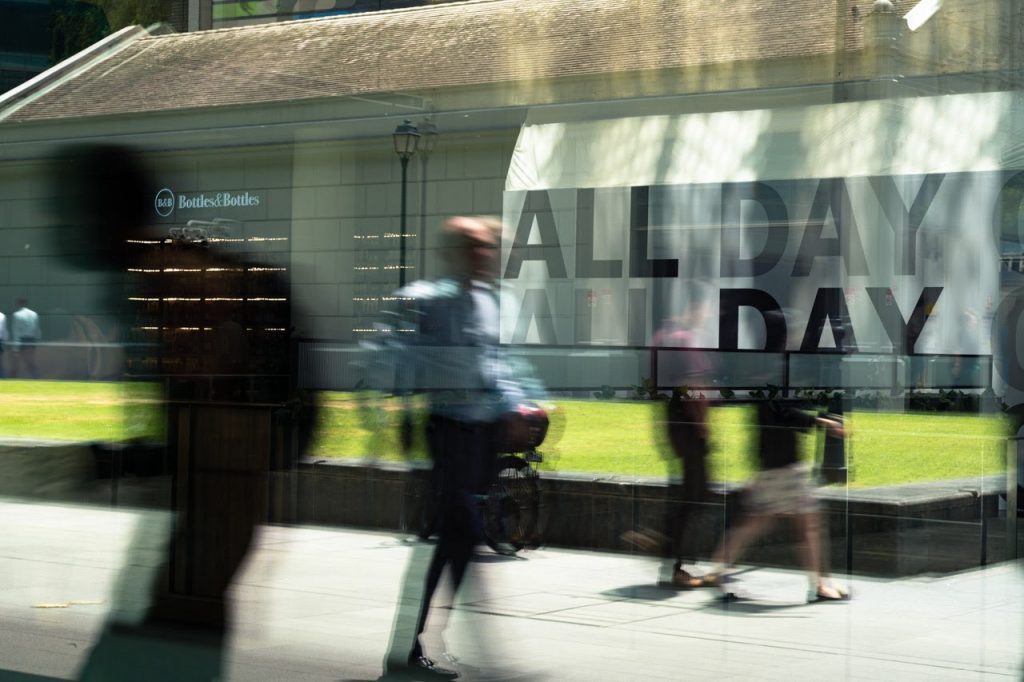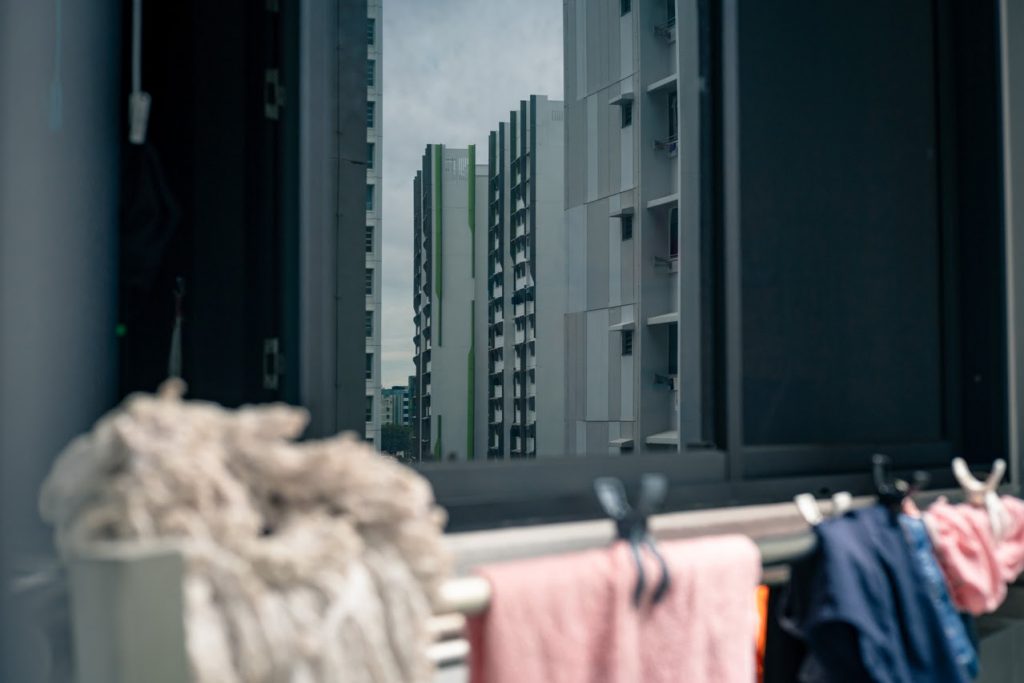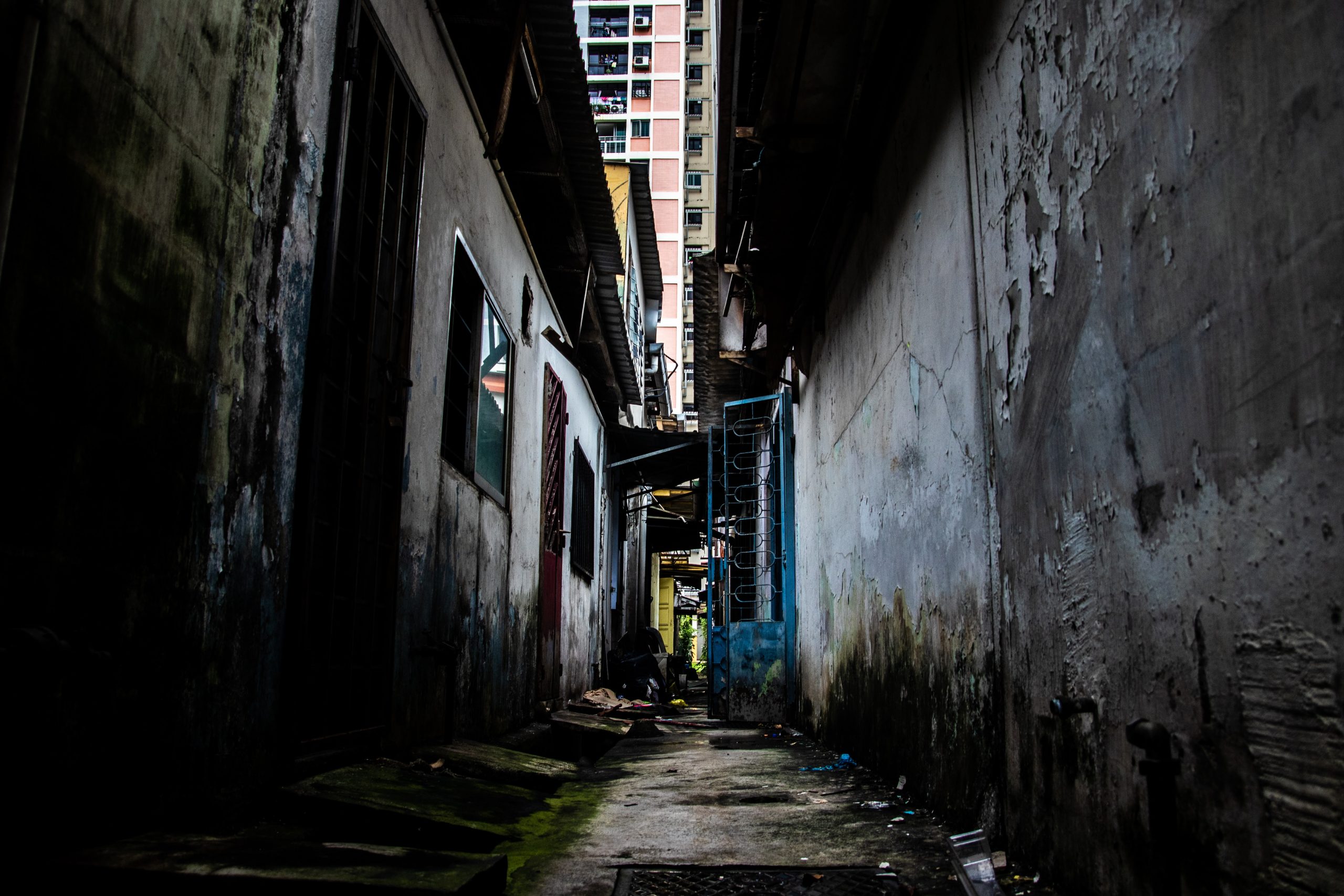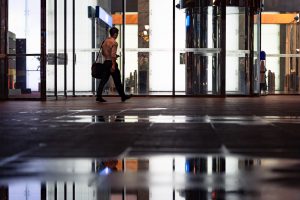Top Image: Zachary Tang / RICE File Photo
Stop us if you’ve heard this one before: A Singaporean whose humble beginnings in public rental housing eventually led to a move up the social ladder thanks to good old-fashioned hard work.
They’re motivational fodder. Chicken soup for the financially disadvantaged soul.
These tales mostly follow a familiar rags-to-riches script, chronicling an optimal Singaporean’s journey. From public rental housing to private condominium! Hard work kept its promise and rewarded industrious Singaporeans with one of Singapore’s 5 ‘C’s.
Or so they say.
Take, for instance, the shining tale of Mohammad Ismail Gafoor. From growing up in a one-room rental flat that he shared with his family and five siblings, he now occupies the Chief Executive Officer position in Propnex, Singapore’s largest estate agency.
More recently, former presidential candidate Ng Kok Song often recounts how he once lived in a mud-floored attap house in Sengkang—a story of financial struggle that drove his ambition to lift his family out of poverty.
Their ascent up the social ladder? Attributed primarily to their unwavering diligence and perseverance.
In a recent Instagram live with Asst Prof Walid Abdullah, Dr Ng Kok Hoe shed light on the prevalence of rags-to-riches narratives. Off-handed statements like “I used to live in rental housing too” in a discussion revolving around social housing can read a little cynical—a way to justify privilege.
To borrow a common turn of phrase from older Singaporeans, “last time, the policemen wore shorts”. Singapore’s circumstances have changed, and it’s time we take that into account.
Why is This Narrative So Dominant Among Singaporeans?
In today’s context, public rental housing is synonymous with financial hardships and failure.
As Assoc Prof Teo You Yenn mentions in her book This is What Inequality Looks Like, our society hinges on the ethos of progress. We’ve advanced from a humble third-world nation to a global city, from poverty to riches.
To get better, we have to keep moving. To keep moving, we have to rise. To stagnate is to lose.
It is within such social contexts that rags-to-riches stories find relevance and resonance. People internalise these stories because they believe in the golden promise they hold.
It’s the same reason we are so enamoured with tales of lottery winners. It taps into the guiding principle that social mobility is widely accessible. The meritocratic system, a cornerstone of our society, is fair–equal opportunities are presented to all.
So long as you play your cards right, your big break lies around the corner.

Nostalgic? Or Misguided Sentimentality?
One of the ways to disrupt such narratives behind the veil of meritocracy is to revisit the historical timeline of the very public housing we now live in.
Unlike their less-than-attractive image now, public rental housing didn’t always start this way.
Historically, the majority of Singapore’s public housing started with rental status.
In the 1960s, the ‘low rent’ scheme (precursor to the public rental housing scheme) targeted the masses. It aimed to make housing more inclusive by supplementing various income groups with affordable housing.
HDB set a target of 110,000 housing units to be built by 1970. Housing units were priced low for households with monthly incomes not exceeding $800. For struggling homeowners, monthly mortgage payments were lower than what they would have forked out in monthly rental fees.
Following the 1980s, as the housing shortage gradually eased, a deliberate divergence in housing prices between rental and non-rental properties was permitted.
This divide fulfilled the home-ownership aspirations of most Singaporeans while simultaneously addressing the needs of the lower-income.
Today, homeownership is increasingly perceived as a symbol of success that Singaporeans should strive for. And it works. Over 80 percent of our population now reside in public housing provided by the Housing and Development Board.
Meanwhile, public rental housing flats have been relegated to those whose total household income falls short of $1,500. For these individuals with no other housing options, public rental housing is framed as a last resort.
To be clear, residing in rental flats is nothing to be ashamed of. When one proudly proclaims that they used to live in a rental flat, it often implies that these lodgings are substandard.

Those Who Fall Behind Are Left Behind
Like every other Singaporean, they’ve “put in the work” to climb the ladder of success. So, what’s wrong with getting to reap the rewards? It’s a story of dignified triumph—proof that anyone can win within the meritocratic system.
But narratives that proudly showcase past experiences of residing in rental housing to relate to the current realities of the lower-income appear somewhat myopic.
Besides the obvious stigma these stories attach to public rental housing, such accounts distract us from the systematic roadblocks that lower-income households now navigate. The same can’t be said for social housing dwellers from 50 to 60 years ago, when renting (as opposed to owning) was the norm.
One alternative to public rental housing is private renting. Yet, the wide gulf between public and open market rentals is a persistent barrier.
The median monthly rent for private homes in Singapore racks up to $3,566, while social renting ranges from $26 to $275.
The second option is to buy an HDB flat since private housing ownership is often prohibitively expensive as an immediate alternative to social renting. However, housing grants, though generous, are governed by a stringent set of criteria.
Eligibility is confined to individuals who have not previously purchased a flat directly from HDB or through housing grants and who have maintained continuous employment in the past 12 months.
However, for many social renting tenants, unstable employment is a pervasive challenge.

The Lens of Meritocracy
The golden days are just that—relegated to the distant past. At least, if you view history in that light, you’ve probably benefited from it.
But not all of us have.
Singapore is a nation with two faces: One that benefits from meritocracy and another, often obscured, where individuals fall through the cracks of our shiny veneer.
Rags-to-riches stories provide a comforting allure; it’s true. But evidently, they aren’t as accessible for the lower-income as we’d like to believe.
To set these ideals as feasible benchmarks for the poor is to peg those who still reside in public rental housing as deserving failures in our promised land of social mobility.
Addressing inequality and poverty demands a broader vision—one that not only focuses on the needs of the lower-income but also confronts how our social standing maintains the disadvantages they face.
After all, inequality is relative.
Much like how social mobility is distilled to the individual level, perhaps dispelling national narratives of success, growth, and development can begin as a personal endeavour—an individual pursuit that can’t be applied to everyone else.






